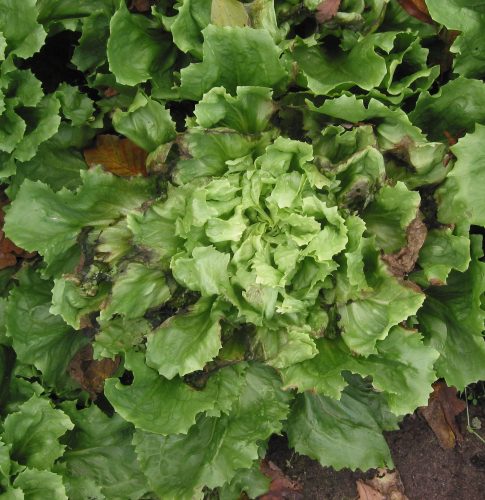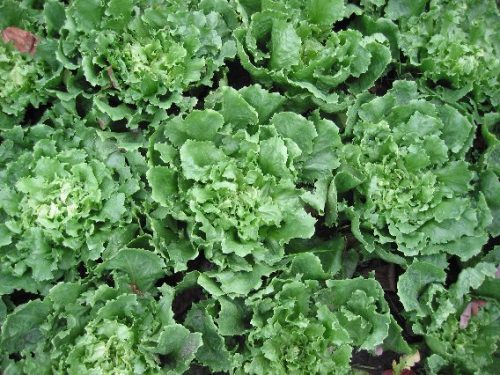Endive is an annual vegetable that can be grown almost all year round.
Do not confuse with:
Belgian endive (Cichorium intybus var. foliosum)
You are viewing the mobile-adapted version of the page.
The one for tablets, laptop and desktop also provides general information, such as origin and cultivation.
Endive (Cichorium endivia) is an annual leaf vegetable. Can be grown almost all year round. Endive is prone to bolting. Main varieties: broad-leaved endive (Cichorium endivia var. latifolium) and curly endive (Cichorium endivia var. crispum) or frisée. Frisée is recognizable by the open yellow head with curled leaves around it. Frisée is less sensitive to bolting than the whole-leaf.
Spring cultivation: mid-February – mid-April (under glass)
Summer cultivation: from May to August
Autumn cultivation: mid-July – end of July (open ground)
Winter cultivation: end of August – mid-September (heated greenhouse)
If endive is sown after the longest day (June 21), it will no longer bolt. August is the last month in which endive can still be sown as fall planting.
Endive likes a sunny spot in slightly moist and nutritious soil. Because endive is a leaf vegetable, she likes some extra nitrogen – not too much, because over-fertilization increases the nitrate content of the endive.
Bugs
Deformed leaf: Aphids.
Endive lags behind in growth; there are white-grey aphids on the roots that cause a white stringy mass on the roots: lettuce root aphid (Pemphigus bursarius).
Endive does not grow, root system shows many small root knots (galls): Northern root-knot nematode (Meloidogyne hapla).
Fungi & diseases
Brown spots with grey mold: Gray mold (Botrytis ssp.).
Powdery spots on the leaves, later the whole plant is covered: Powdery mildew (Sphaerotheca fusca).
White, woolly mold: Sclerotinia disease (Sclerotinia sclerotiorum).
Other

Leaf margins turn brown: calcium deficiency.

